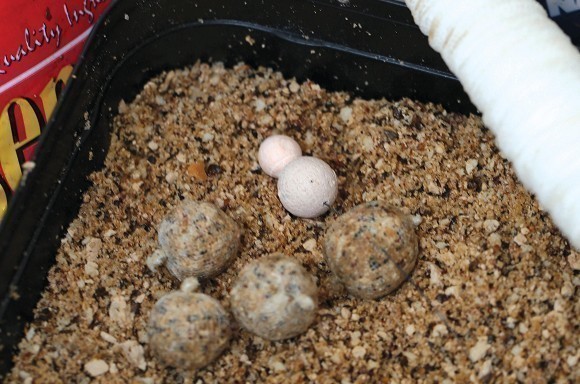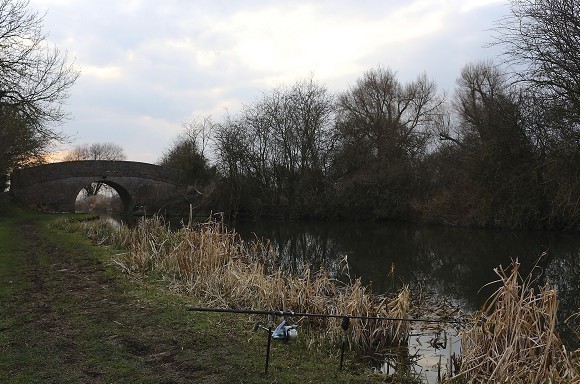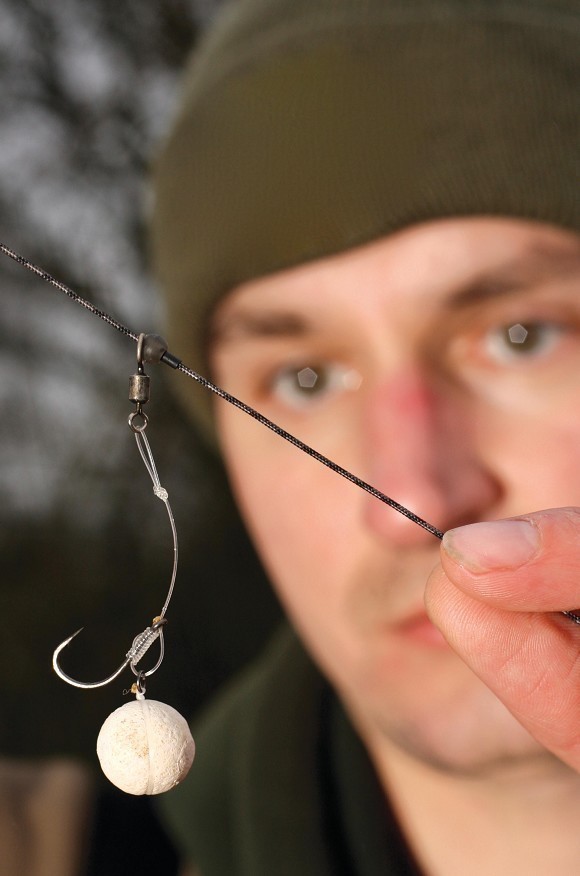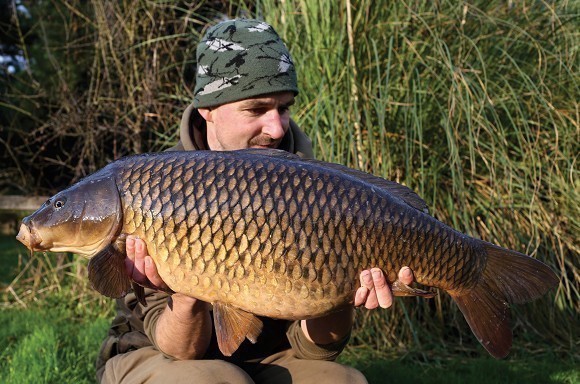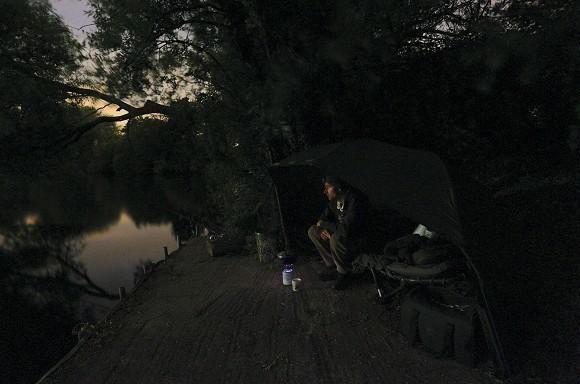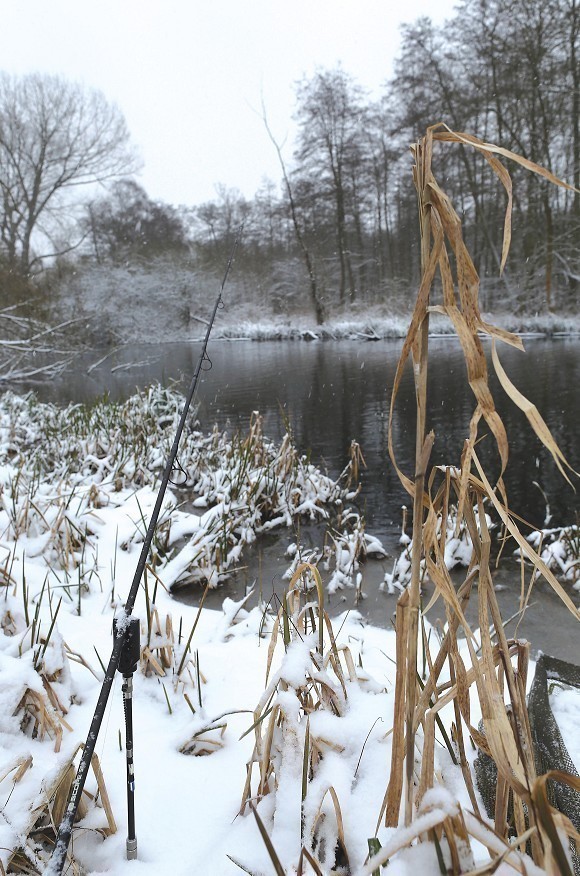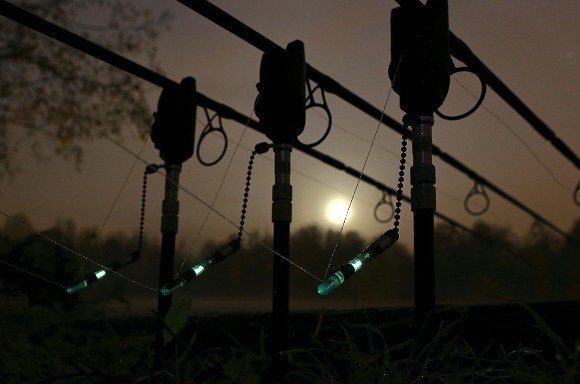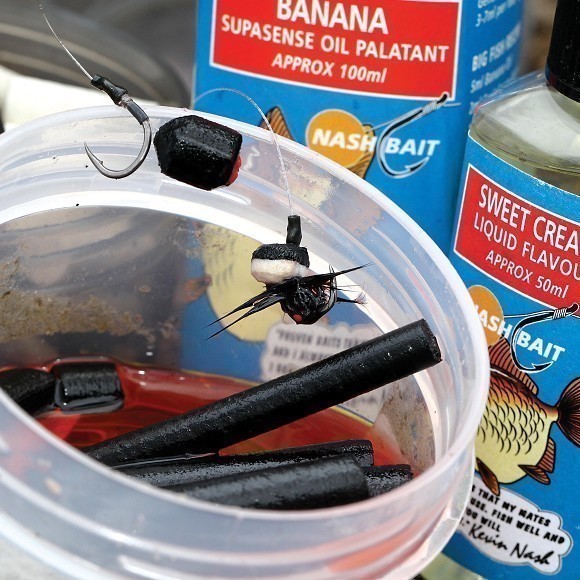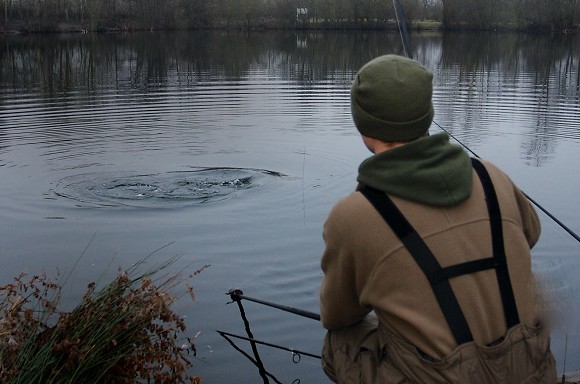
10 tips to help you catch more this winter
Nash Tackle carper, Oli Davies reveals ten top tips to help keep your catch-rate up as the temperature drops...
01 Stay comfortable
Okay, so it might sound obvious, but so many people just don’t wear the right clothes to deal with the colder and wetter conditions of winter fishing. As a result of feeling uncomfortable they don’t want to go any more, which is a shame as they are missing out!
Aside from the obvious warm waterproof jacket, good thermals are a must. For me personally though, it is footwear choice that is really important. I have always suffered from cold feet, and once they get cold it is very hard to get them warmed-up again. That discomfort is enough to send you home for an early bath.
Consigning the walking boots and trainers to the cupboard, I use thermally lined moonboots, speci cally designed to keep your feet warm in extremes of cold. They are rated down to -30C, so during a British winter I can actually go fishing for more than a couple of hours and my feet stay toasty warm. As a result I actually enjoy my time on the bank. It shouldn’t and doesn’t have to be a test of endurance!
02 Fish for a bite
The metabolism of a carp really slows down as the water temperature falls.
It will move about less, and as a result feed less frequently and with less intensity. Although carp can be and will still be caught over bait, it is wise to carefully consider your baiting strategy during winter. Singles and small PVA bags are a more prudent approach than piling in a bed of bait, and often bites will come quickly if you are on fish.
It is still possible to have multiple catches by fishing for a bite at a time, and often it doesn’t take much in the way of freebies. If you are returning to the same venue then trickling in a few baits each time will help keep the fish active rather than shutting down completely, and stand you in good stead for future visits.
Particle baits such as hemp, widely used through the summer months can still be deadly in cold water, but use them in moderation and just fish for one fish at a time.
Groundbait is a much-underused method but has many advantages in the winter. Smell and attraction are released better into the cold water, and the smaller particles won’t fill the carp up, keeping them feeding for longer. A sloppy mix can be used to cloud-up clear water and leave particles throughout the water column drawing fish in to investigate.
03 Choose the right venue
Venue choice is crucial to winter success. Do some research and pick a venue that has winter form.
The carp on big, deep gravel pits can shut down over the colder months, with the water staying colder even during sunny periods and the fish dormant and rarely feeding.
Although fish can be caught from these types of deep venues, action can be sporadic and unpredictable.
Generally, shallow venues will fish all through the winter so depth is an important factor to consider when choosing a winter venue. They warm-up quicker on sunny days and carp can be caught in the worst conditions. Rivers and canals are also worth looking at, the carp remaining active – and therefore catchable – throughout the year. Stock levels are also important, as if you want a few runs, you need to choose a venue with a reasonable head of fish.
04 Mighty white
The colour white seems to grab the attention of lethargic carp like no other in cold water. I never go winter carp fishing without either some white Amber Strawberry boilies or a tub of white pop-ups, both of which have produced decent fish in the most unlikely conditions.
White is highly visible underwater, and especially as many waters go clear in the winter, it catches the eye of the fish better than any of the alternatives. Couple a white barrel or snowman hookbait with a white breadcrumb- based Stick mix and you have a devastatingly effective winter tactic.
White pop-ups, fished as singles or amongst a scattering of white boilies is also a very effective tactic, catching the fishes attention and getting them to move between mouthfuls. White is also my preference for maggots - another brilliant winter bait.
05 Use tried and tested rigs
Test new rigs in the summer, not when bites are harder to come by. It is far better to use a rig or method in which you have confidence, knowing that you have a rig that works. If it works in summer then it will also work in winter. A rig that you are not confident in won’t catch you more fish.
Some people scale down, but I am of the firm belief that there is no need to change things in the majority of situations. I use the same Bottom Bait Rig, along with a Chod Rig and I have faith that if I can put them in the right place, they will work. That confidence allows me to concentrate on what I consider to be far more important – actually locating the carp!
06 Location
This is the single biggest factor in determining winter success. The carp tend to become highly localised, often shoaling tightly. They are far less active, and may stay in that one area for the entire winter. Obviously, if you can pin down this area then you are well on your way to catching them.
Obvious places to try are snags, sheltered bays, shallow spots on sunny days and on the back of a cold wind, but they don’t always turn-up where you might expect. Therefore it really pays to keep your eyes and ears peeled for the slightest sign of activity. A subtle show, or just a few bubbles can be enough of a clue as to where the carp might be holding up.
On the lake that I have fished over the last few winters early morning is a good time to spot fish. I also sit-up late as I have found that they seem to like jumping after midnight (have they got watches?) and many anglers are already tucked-up asleep and miss seeing this activity. I will not hesitate in moving if I can get onto showing fish, even in the middle of the night. It can be the difference between a blank and a result.
07 Bite times
Early morning has been by far the most productive time for me during the winter. During the coldest periods, the carp seem to be active, even if just for a few minutes, as the world around them gets lighter.
I always try and make sure that I have my rods in the water undisturbed from first light and for a couple of hours after before I reel in. This isn’t always the ‘bite time’ though; sometimes dusk is more productive.
If you can narrow down what time the action is coming on your water then it can really help you to maximise your chances of being there and fishing at the most productive times.
08 Short sessions
You don’t have to fish for days on end. Short winter sessions can be really productive, and allow you to get a fishing fix without staying the night and bivvying-up. Again, venue choice is vital but well stocked waters, canals and rivers offer the best chance of quick success.
Targeting your fishing to hot ‘bite times’ such as dawn and dusk, means that you tip the odds in your favour and give yourself a good chance even with limited time.
Travel light and stay mobile, as often signs of activity such as liners or even a quick bite can be had. In this instance, unless you are fishing a known holding spot then try an hour in each spot before moving or roving the rods, trying to put your bait in front of as many fish as possible.
09 Fish for liners
Much is made of pinning down and concealing your main line, and certainly there are times that it is crucial to success. When you are struggling to locate fish however, I suggest tightening the line-up so that it sits off the bottom between you and the rig.
You can use this to your advantage, as the line running through mid-water is far more likely to come in to contact with fish. Although you can’t necessarily pinpoint the point at which the two meet, it can give you a good idea that there are fish in the area and that you are on the right track. When other signs are hard to come by. I don’t believe that touching the line spooks the carp in the same way that it can in the summer, their senses dulled by the cold.
10 Zig it-up
Over the last few years it has become more apparent that carp spend a lot of time mid-water throughout their day, no more so than during cold water conditions. If you think about it logically, it makes sense to target the fish in a part of the water column in which they spend the majority of their time rather than always fishing on the bottom.
Indeed, there is so much natural food in the mid-layers that it means the carp don’t even necessarily need to feed on the lake or riverbed. Therefore there are times when a Zig is the best and only method to get a bite. Hookbait choice is a personal thing, but cork balls, black foam, trimmed down pop-ups and natural imitations all catch fish.
Colour is something to be experimented with, but as with rigs start off with a colour that you have confidence in. As with any other winter fishing location is key, but it is location in three dimensions! As well as finding the fish, you also need to search out the water column to ascertain at what depth they are sitting. The best way to do this is to commit all your rods to Zigs and fish them at different depths, varying the depth until you get action.





